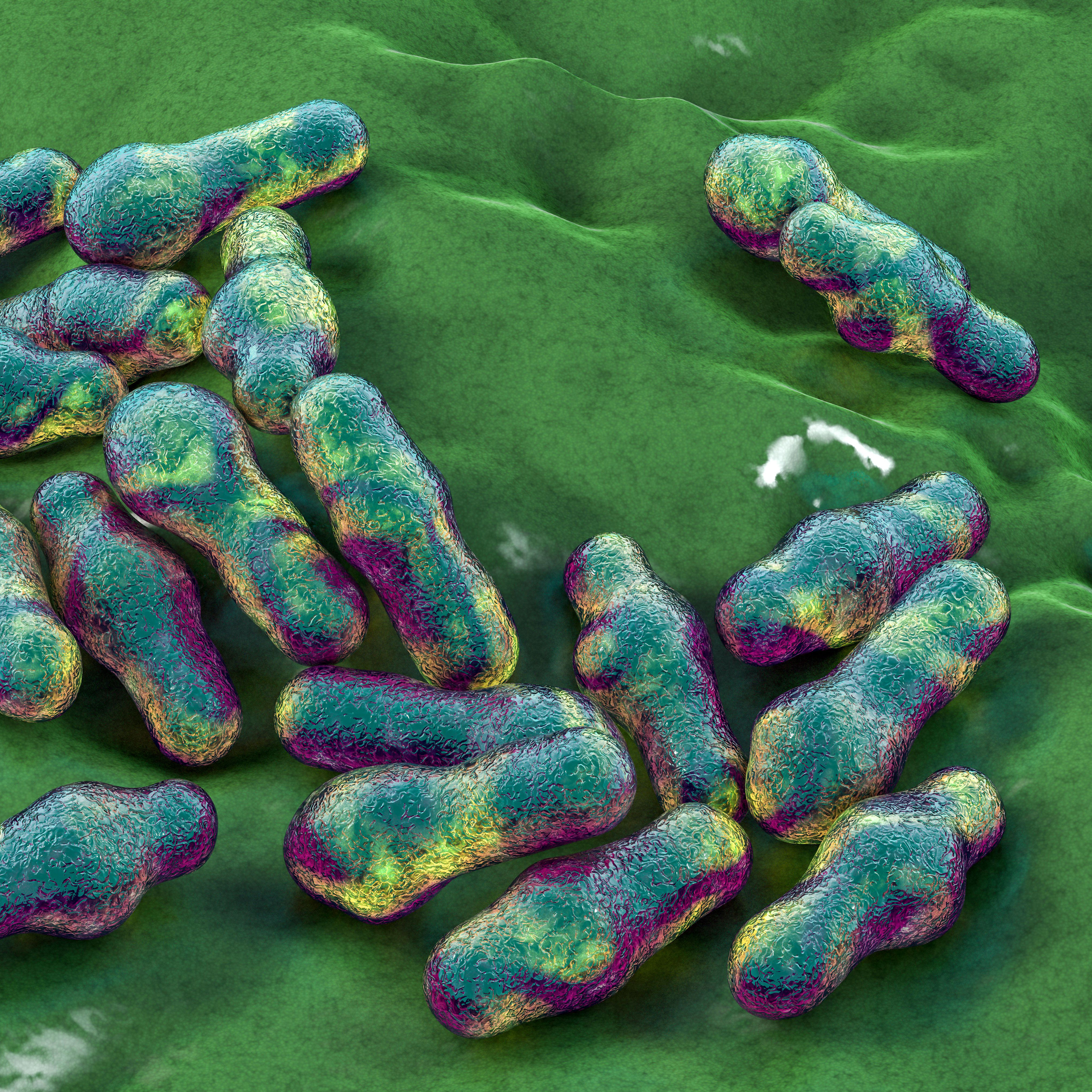
What are Clostridium acetobutylicum bacteria?
Clostridium acetobutylicum is a gram-positive bacterium that comes from the genus of Clostridia. Since the bacterium is able to produce butanol and acetone through enzymes (fermentative), it has a special biotechnological significance. C. acetobutylicum bacteria occur primarily in sediments of water bodies, soils, but also in many other habitats. In many organisms, the C. acetobutylicum bacterium can also be detected in the intestinal flora. Like many closteridia, the bacterium is therefore classified as ubiquitous, i.e. it is assumed to occur everywhere.
What are the characteristics of Clostridium acetobutylicum bacteria?
Clostridium acetobutylicum is a gram-positive bacterium consisting of a circular chromosome and a circular plasmid. As an anaerobic bacterium, Clostridium acetobutylicum requires an oxygen-free base to form reproductive cells. Under aerobic conditions, the bacterium is able to form endospores after only a few hours. These can even persist for several years in oxygen-rich substrates. Under anaerobic conditions they are then again capable of forming endospores. Belonging to the genus of Clostridia, the bacterium can actively move around thanks to its flagella and is classified as ubiquitous. The Clostridium acetobutylicum bacterium is able to break down sugars (saccharolytic) as well as produce various commercially valuable products . These include above all the substances acetone, butanol and ethanol.
When was the Clostridium acetobutylicum bacterium first isolated?
The bacterium was first isolated between 1912 and 1914 by Chaim Weizmann. Weizmann cultivated the Clostridium acetobutylicum bacteria in a process he called the ABE method. This method was to serve him primarily for the production of the substances acetone, butanol and ethanol. During the First World War, these products were used for the production of TNT, but also for the production of gunpowder. Especially in the 1950s, the ABE method was widely used. Currently, due to the crisis surrounding fossil fuels, research is being conducted on the use of the ABE method to identify new petrochemical processes.
How dangerous is Clostridium acetobutylicum?
The Clostridium acetobutylicum bacterium is completely harmless to both plants and animals. Although the bacterium has been detected in the human colon, it cannot be considered part of the normal human flora. However, it does not appear to be toxic to mammals unless it is present in enormous quantities .
How are Clostridium acetobutylicum bacteria used in biotechnology?
Since the 20th century, Clostridium acetobutylicum bacteria have played an important role in biotechnology. The acetone that can be obtained by the bacteria is needed for the production of synthetic rubber. The University of Manchester hired Chaim Weizmann to work on fermentation, i.e. the microbial conversion of organic matter by fungi and probiotic bacteria. During his work in the period 1912 and 1914, Weizmann succeeded in his so-called ABE method in isolating several strains, of which Clostridium acetobutylicum became known. Compared to the fermentation methods known so far, Weizmann's ABE method offered the advantage of increased efficiency.
Due to the outbreak of the First World War, the demand for acetone increased dramatically. Among other things, it was used for the production of smokeless gunpowder (cordite). Although there was hardly any need for acetone after the end of the First World War , butanol was now in demand as a solvent in the production of paints for the automotive industry. Until then, butanol had been a waste product from the production of acetone . As the automotive industry grew in the 1920s, the demand for butanol also increased.
As the petroleum industry developed at an incredible rate in the late 1950s and 1960s, and the price of fermentation rose at the same time, the ABE method invented by Weizmann could not compete with petrochemical production . By 1957, most of the fermentation plants had been shut down. However, since the price of petroleum has been rising continuously, there are now approaches to rethink fermentation for the production of industrial solvents.
Current state of research on Clostridium acetobutylicum
In particular, butanol, but also ethanol as fermentation products of Clostridium acetobutylicum, has been investigated particularly intensively in recent years as a possible alternative fuel source for automobiles. Butanol has the advantage over ethanol that it emits lower emissions but also has a higher efficiency. A study from the year 2006 proposed butanol fermentation by a new patented process and thus wanted to replace the ABE method that had been common up to then. The new production process involves the use of maize fibres (this mainly includes xylem) to replace C. acetobutylicum as a substrate and thus produce more cost-effective butanol. The advantage here is also that maize fibres are a by-product of many agricultural processes anyway and therefore present a rich substrate source.
In addition to the production of butanol , C. acetobutylicum is also the focus of research interest for the production of hydrogen gas production as an alternative energy source. Hydrogen gas not only has a large amount of energy, but could also be extremely useful as an alternative to petrol , especially as it does not produce carbon dioxide or greenhouse gases . Currently, most hydrogen gas is produced from non-renewable sources, so an alternative production method using fermentation processes would be extremely valuable. Recent research on Clostridium acetobutylicum is therefore looking at different fermentation processes to investigate improved production of hydrogen gas. So far, a trickle bed reactor has been presented as a production option. The trickle bed reactor uses glucose as a substrate, but so far produces only little hydrogen gas to be able to use it for industrial purposes. However, if the method is further developed, a trickle bed can be seen as a possible production tool for the future.
